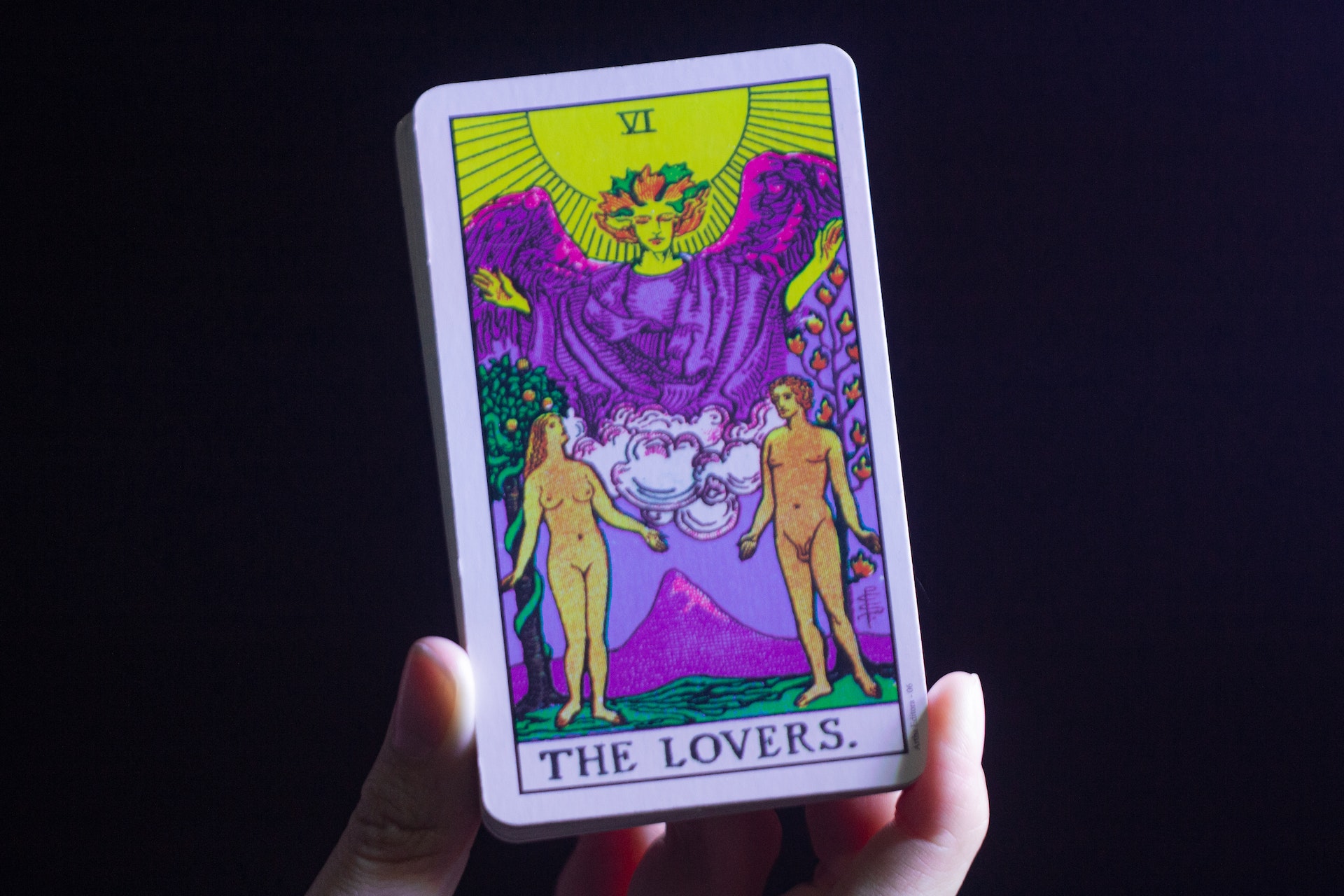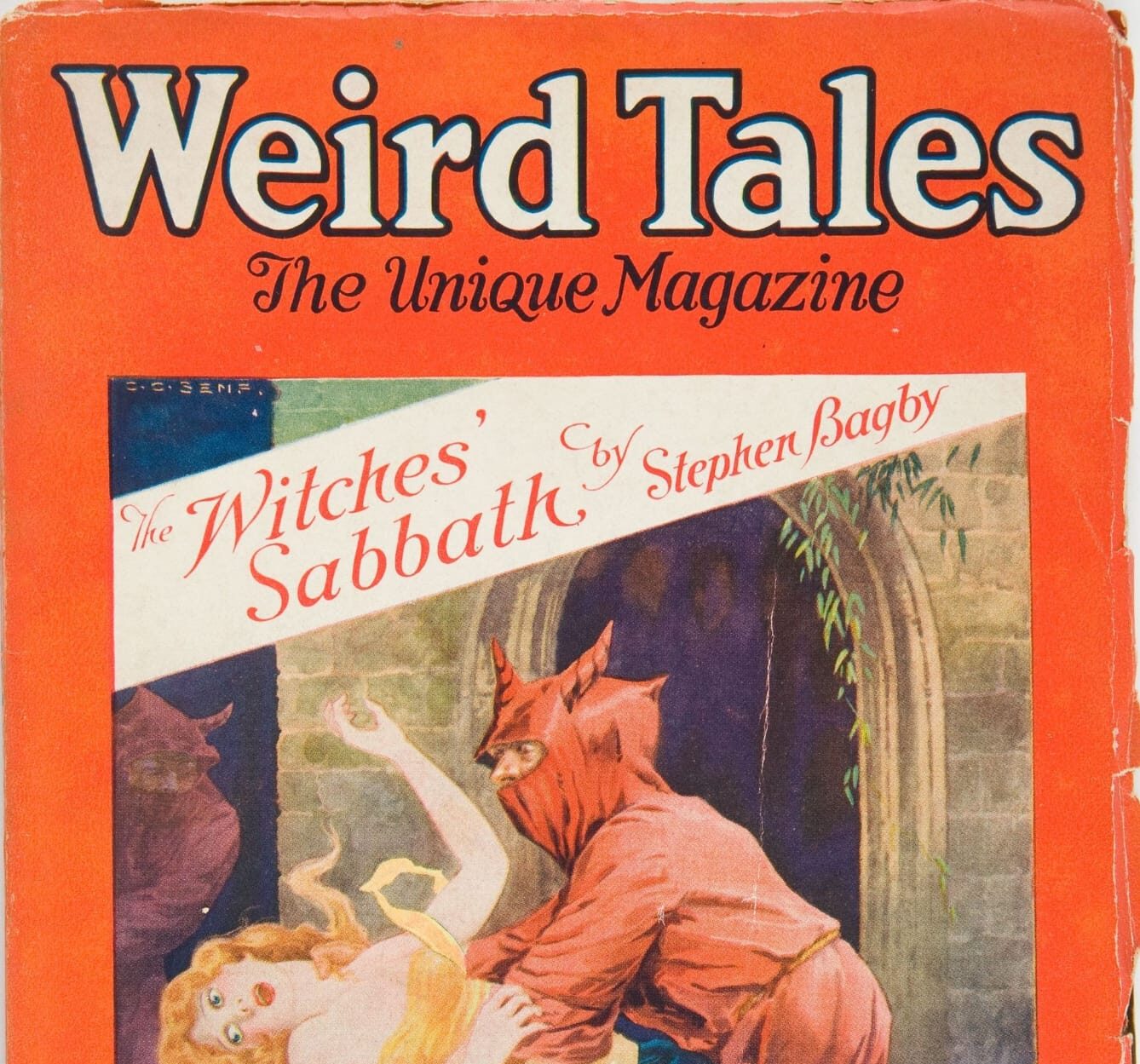
It’s a commonplace observation within psychotherapy that “the relationship is the therapy”. Efforts to identify any other factor that makes a difference (such as the psychotherapeutic modality used, client expectations, or the years of experience of the therapist) have all failed. But what is the relationship? The undoubted effectiveness of talk therapy depends upon a factor that, after more than a century, remains enigmatic.
There is a dramatic difference between how we experience consciousness in isolation, and when we are in relationship. It has a profound effect, for example, on our ability to think. As Graeber and Wengrow note, according to neuroscience self-awareness is possible to maintain for only about seven seconds, yet
the great exception to this is when we are talking to someone else. In conversation, we can hold thoughts and reflect on problems sometimes for hours on end … Human thought is inherently dialogic.”
David Graeber and David Wengrow, The Dawn of Everything (2021) London. p 94
We might add to this that human feeling is also dialogic: we don’t usually experience our emotions in their full range or depth unless we do so with someone else who cares about us. This is known as co-regulation, and is the basis of healthy self-regulation. A baby who is raised within a securely attached relationship learns about her emotions as they flow within the relationship. The first inkling that the baby has about what she is experiencing is when her mother (or the person doing the mothering) reflects her facial expressions and sounds of distress back to her, and then gradually brings those expressions to calmness. Mirror neurons allow us to make micro-expressions in our faces that help us to feel empathy with another.
Frequently when people get upset, they say something like, “I was fine until someone asked me how I was” or “I was holding it together until she hugged me, and then I just burst into tears”. This suggests that we don’t fully know how we feel until someone else shows interest and concern.
Perhaps the really weird thing is relationship itself.
The horror of the absence of relationship is expressed in the tagline to the Ridley Scott movie Alien: “In space, no-one can hear you scream.” Without a supportive medium, no communication is possible. We need air or some other substance to be the medium for sound to carry. What is it that allows us to connect to another human being – to cross the void between self and other? The Lovers Tarot card shown above depicts, between the lovers, an angelic entity. This seems to be an expression of the mystery of love, in which the connection between two people (or more, of course) is experienced as a powerful living presence, often with an ecstatic or transcendent quality.
The child psychologist D.W. Winnicott developed his theory of ‘transitional space’ as a way to talk about how the space between self and other can support and mediate connection. The transitional space is no longer merely empty space, but a fullness. When we relate to another being, consciousness is no longer experienced as confined to our own heads. It seems to flow between and around.
Many writers within depth psychology identify the existence of a relational “field”, a metaphor they draw from physics, where it describes how an apparently empty space can have both energy and information.1 The therapeutic encounter takes place within the supportive medium of the ‘synergetic field’ (Stolorow, 1987) or ‘interactive field’. Another term that is used – one that goes further than the term ‘field’ would imply – is Thomas Ogden’s “analytic third”. The complexity of the language Ogden uses here somewhat conceals how radical this concept is.
The analytic process reflects the interplay of three subjectivities: the subjectivity of the analyst, of the analysand, and of the analytic third. The analytic third is the creation of the analyst and analysand, and at the same time the analyst and analysand (qua analyst and analysand) are created by the analytic third. (There is no analyst, no analysand, no analysis in the absence of the third.)
Thomas Ogden ‘Subjects of Analysis’ (1994)2
The analytic third (i.e. the relationship) is not just a field of energy or information, but a subjectivity. That is to say, it has its own consciousness, and the analysis (i.e. successful therapy) happens because of the presence of that consciousness. To put this even more starkly, Ogden is saying that the relationship is a conscious being.
Setting aside with some relief the contortions of technical language, we find the same thought in West African traditions:
The coming together of two spirits gives birth to a new spirit. You can call it the spirit of the relationship or the spirit of intimacy. It is very important because it acts as a barometer of the relationship, and it must be nurtured and kept alive. If that spirit dies, then the relationship dies.
Rituals are done in the village with respect to that spirit.
Sobonfu Somé‘The Spirit of Intimacy: Ancient African Teachings in the Ways of Relationships (1997).
I can’t pretend to be any kind of expert on African wisdom. My sense of the thought expressed here is that it offers an understanding of spirit that is not readily to be found in our Western tradition, or even in the related tradition of India, or the more distant one of China. The closest we perhaps come to it in the West is Martin Buber’s ‘I-Thou’ concept, in which the other is saluted as a conscious being, rather than as an inanimate object. But even Buber doesn’t go so far as to salute the relationship as a conscious being, as a ‘Thou’. We don’t appear to have a way in the Northern Hemispheric traditions to speak about this. Our understanding of spirit – at least in the West and in India – is focused on the self within, and not on the self between.
Psychotherapy is a unique invention of modernity, and if it is part of the modern problem, it is also a response to this problem. In the millions of hours spent in these encounters of the therapy room, we have today arrived at a place of wondering about certain inexplicable matters. If we were to stop talking about subjectivities, fields, analytic thirds, transitional spaces, and talk instead of spirits, perhaps the mystery of relationship begins to makes sense in a way that people can readily understand.
A fundamental concept in Transpersonal Psychology would be to regard the client as a spiritual being, rather than just an ego troubled with its problems. While I acknowledge the validity of this approach, I wonder if it is also problematic in that it focuses attention on an aspect of us that is unrelational because unaffected by anything in life. Or perhaps it only seems that way because the spirituality of the West, to which we default, is inherently rather individualistic – in the end, what matters in the Christian story is my personal relationship to God. In the end I will stand alone before God, and I may be judged worthy of entering heaven, while you are not.
We are of course speaking here not of the inner wisdom of the Western tradition, but of its outer form and the popular understanding of its outer form. Even so, this outer form is hugely important. This may be why Transpersonal Psychology has disappointed the hope, expressed by Maslow and others in 1967, that it would become the ‘Fourth Force’ in psychology along with Psychodynamic, Cognitive-Behavioural and Humanistic. The difficulty is not so much that there is no such thing as the transpersonal, but that the concept of the transpersonal we have so far evolved within psychology is inadequate. I suspect it is specifically inadequate because it takes us away from the relational.
The magical experience of therapy cannot be comprehended by this kind of spirituality. What we experience in therapy is transformation through our shared participation in relationship, and as Sobonfu Somé tells us, that relationship has three people in it, not two. This is of course only the beginning: if the relationship between you and I has a guardian spirit, then what about a family, a company, a group of friends, a village? The esprit de corps that we all feel and experience is literally a conscious being that has to be nurtured and honoured with rituals. But perhaps we should stay for now with the experience of the therapeutic dyad – which is after all the alembic, the alchemical vessel of this craft – and ask how would it change our work to regard it as, at minimum, a triad?
This is the start of an exploration, and I invite others to join in this. If this speaks to you, please get in touch. The guardian spirit that comes into being when we meet may have much to offer us.
(c) Weird Therapy 2022-23
1 In 1861 James Clerk Maxwell published his equations that described the electromagnetic field in classical physics, and in the 1920s Paul Dirac explored the quantization of the electromagnetic field, the foundation of quantum physics.
2 quoted in Nathan Schwartz-Salant ‘On the Interactive Field as Analytic Object’ in Stein, M (Ed) ‘The Interactive Field in Analysis, Vol I’ (Chiron, Illinois 1995), page 1.
Copyright © 2022 My Sunset by Bogdan Bendziukov.




